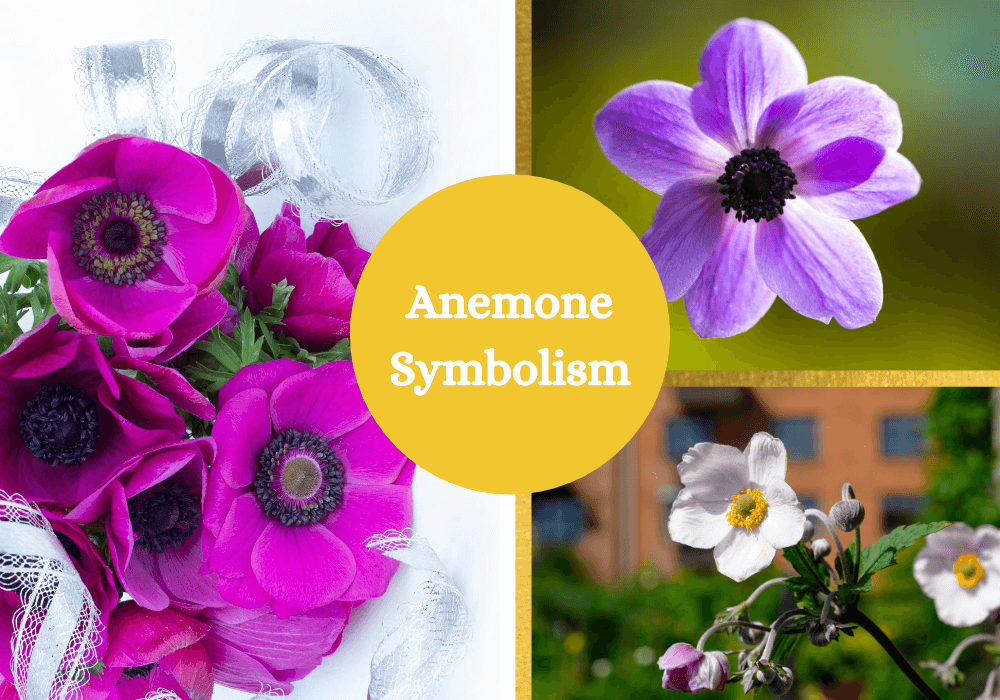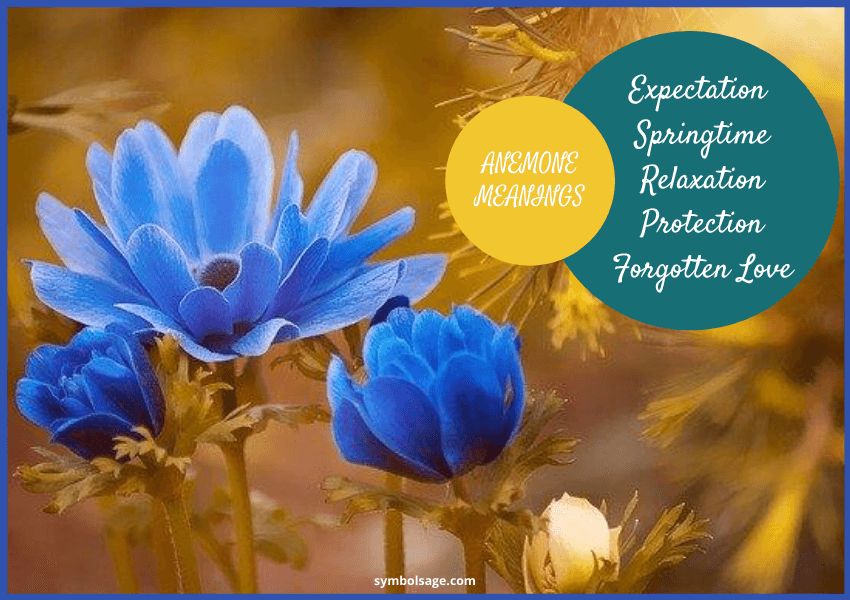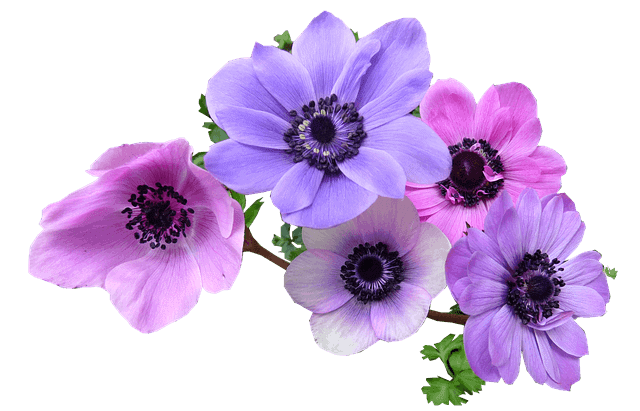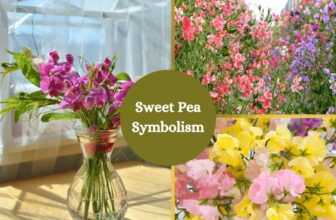
Table of Contents
A beautiful flower that adds personality to any garden, the anemone is also a favorite feature on wedding bouquets and floral arrangements. This spring flower comes in a variety of shades such as yellow, purple, pink, and white.
The anemone holds a multitude of symbolism and meanings in cultures around the world and across ages. Let’s see what lies behind this darling of the garden.
About the Anemone
The anemone has a striking similarity to the pasque flower, but it is a separate genus. It grows wild throughout the Northern Hemisphere, with over 200 flowers that belong to the anemone genus. Because it grows throughout the globe, it is quite a challenge to pick the flower’s point of origin.
However, there’s a Greek myth that attempts to explain the origin of the flower. Accordingly, Aphrodite was in despair and mourned the loss of her lover, Adonis, who had been killed by the gods out of jealousy. As her tears fell on the ground, the anemone sprang forth.
Today the anemone is grown mostly for aesthetic reasons. Its daisy-like shape and its diverse colors can easily make any floral arrangement extraordinarily pleasing.
Anemone Name and Meanings
In Greek anemone means ‘windflower’. The word is derived from the Anemoi, the Greek wind gods. The flower is also sometimes called Spanish Marigold or Poppy Anemone.
Meaning and Symbolism of the Anemone

The symbolism of the anemone partly depends on its color. Because the anemone comes in many colors, they often symbolize different things.
- The purple anemone symbolizes protection from evil
- The pink and red anemones symbolize forsaken love or death.
- The white anemone has a delicate appearance and therefore symbolizes sincerity and innocence
In addition to this, anemones in general is said to symbolize the following:
- Expectation and Excitement – as the anemone closes at night and opens again once the sun is up, it symbolizes new things to come. This makes it an ideal flower to give someone coming of age or about to start the next chapter in their life. This is one reason it’s a popular flower in wedding bouquets and floral decorations.
- Springtime – The anemone blooms in the spring, making it a symbol of springtime and the end of winter. This ties in with the above symbolism of expectation and excitement.
- Relaxation – The flower also symbolizes relaxation and is a good reminder for people to “stop and smell the flowers” so to say. Life is fleeting and what you have now can suddenly be gone in the blink of an eye, so it is important to enjoy the present.
- Protection – Some see the anemone as a protective flower, one that can ward off evil and bring good energy.
- Forgotten Love – The anemone also represents the sad concept of forgotten and lost love. This comes from its connection to Aphrodite’s tears over the loss of her lover. Because of this, some prefer not to give the anemone to their loved ones as they see it as a symbol of sorrow in love.
Anemone Cultural Significance
Famous Impressionist painters such as Monet and Matisse have depicted anemones in their works of art. Some of the most famous paintings that have anemones are Purple Robe and Anemones, White Tulips and Anemones, and Vase of Anemones.
Myths and Stories of the Anemone
A popular choice for gardeners because it flowers after just three months of planting, the anemone is not only beautiful, it is also beset with various mythical stories.
- In Greek mythology, Aphrodite was mourning the death of her lover Adonis after he was killed from a wild boar, and from her tears sprang the anemone.
- There is also an old wives’ tale that says when an anemone’s petal closes, there is a storm on the way.
- According Christianity, the red anemones symbolize death because they are the blood that Christ shed on the crucifixion.
- Europeans used to think that the flower brought with them misfortune and bad omens. When passing a field of anemones, people would hold their breath to avoid misfortune to themselves.
- In Irish and English folk tales, people believed that fairies would sleep within the petals when they close up at night.
- In the Near East, anemones were believed to represent bad luck and to carry diseases with them.
Uses of the Anemone

There are numerous Anemone species found in different regions in the US, but there are only 3 species which are the most beneficial, medicinally speaking, and these are the following:
- Anemone tuberosa
- Anemone patens
- Anemone multifidi
The anemone is a member of the buttercup family (Ranunculaceae) which is known for its combination of medicine and poison. Several members are poisonous and most of the medicinal varieties contain high levels of toxicity. There is only one marginally edible member which is the marsh marigold (Caltha palustris).
Medicine
Disclaimer
Anemone is an excellent first-aid medicinal blend to calm people during panicked states, such as after traumatic events or acute anxiety panic attacks. One particular variety, the anemone nemorosa or the wood anemone, is used to treat menstrual complications such as cramps. However, anemones should be completely avoided by women who are pregnant and breastfeeding, as well as people who have low blood pressure and those who are seriously ill.
Anemone also contains a substance called protoanemonin which is highly irritating to the mouth and the gastrointestinal tract. Toxic doses can easily lead to diarrhea, vomiting, and nausea. If high enough doses are consumed, it can result in respiratory distress.
Drying anemone radically changes its biochemistry, resulting in the plant containing less toxic anemonin. However, drying it will also result in the plant losing its medicinal value.
To Wrap It Up
A gardener’s favorite flower, the anemone brings with it a lot of myths and stories. The anemone is also more than just a beautiful flower because it also offers certain benefits in terms of healing properties.








